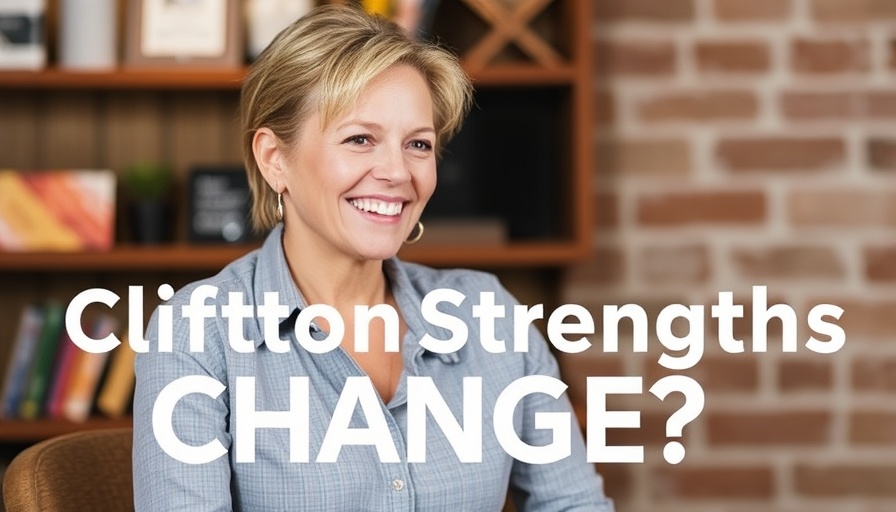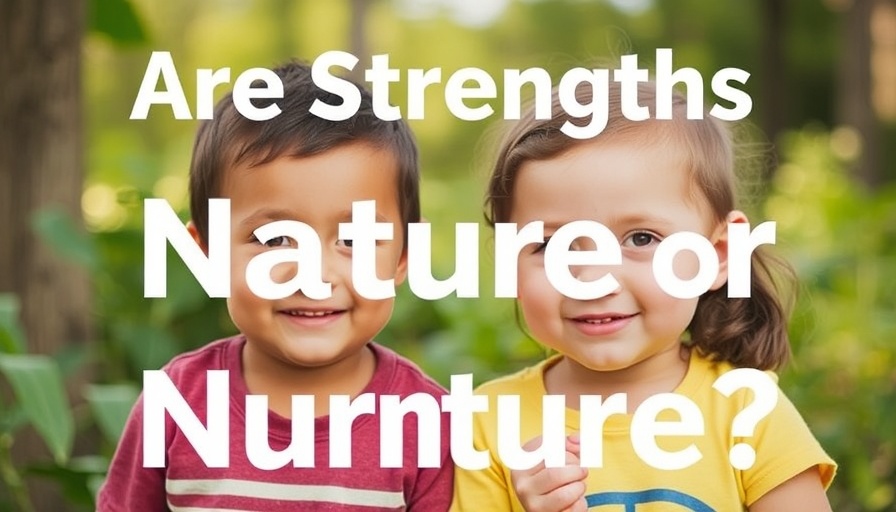
Understanding the 'Can Do' Myth: What It Really Means
From a young age, we hear the mantra, "You can be anything you want!" But what does this truly mean? As teachers and educational leaders, it’s crucial to unpack this phrase and promote a mindset rooted in self-awareness rather than endless possibility. The truth is, while aspiration is vital, aiming for goals without a grasp of our inherent strengths can lead us astray. Recognizing this, we can help students align their aspirations with their abilities, paving the way for a more authentic and fulfilling pursuit of their goals.
Exploring Strengths: A Path to Authenticity
A strengths-based approach emphasizes becoming more of who you already are. By doing so, we encourage students to reflect on their natural talents and motivations, allowing them to identify what truly matters to them. This method shifts the focus from generic aspirations to personal authenticity. Understanding and leveraging their inherent strengths not only fosters a healthier relationship with goals but also cultivates greater satisfaction and success.
The Role of Educators in Nurturing Strengths
As educators, we play a pivotal role in shaping students’ journeys toward self-discovery. One effective strategy is implementing strengths-based assessments, such as the Gallup StrengthsFinder, which helps students identify their unique talents and how to utilize them in their academic and personal lives. For instance, students who discover their strength in communication might thrive in roles that allow for interaction and expressiveness, while those with analytical strengths might excel in research-based tasks. When students see their worth and the value of their strengths, they’re more equipped to set realistic, meaningful goals.
Diversity and Inclusion: Making Room for Every Voice
Diversity is an essential aspect of any educational environment. A strengths-based approach promotes inclusivity by recognizing that every student has unique capabilities that contribute to the classroom community. This acknowledgment not only validates individual student experiences but also fosters a healthier, more collaborative atmosphere. In practice, this could mean creating group projects that allow students to use their various strengths, encouraging peer support and understanding as they learn from each other.
Future Insights: Shaping Tomorrow's Leaders
As we look to the future, a strengths-based mindset will remain crucial in preparing our students for success. Understanding that each individual offers something unique cultivates a generation of leaders who value diverse perspectives and talents. Advanced learning environments will need to integrate strength-based practices into curriculum design, ensuring every student feels included and empowered. Such practices promise not only individual growth but also a flourishing society.
Call to Action: Embrace Strengths-Based Development
As educators and leaders, let's commit to fostering a strengths-based culture in our classrooms and institutions. By encouraging students to identify and embrace their strengths, we can cultivate an inclusive environment that allows them to thrive. Start today: introduce strengths-based assessments and discussions in your classrooms, and witness the transformation in student engagement and success!
 Add Row
Add Row  Add
Add 




Write A Comment